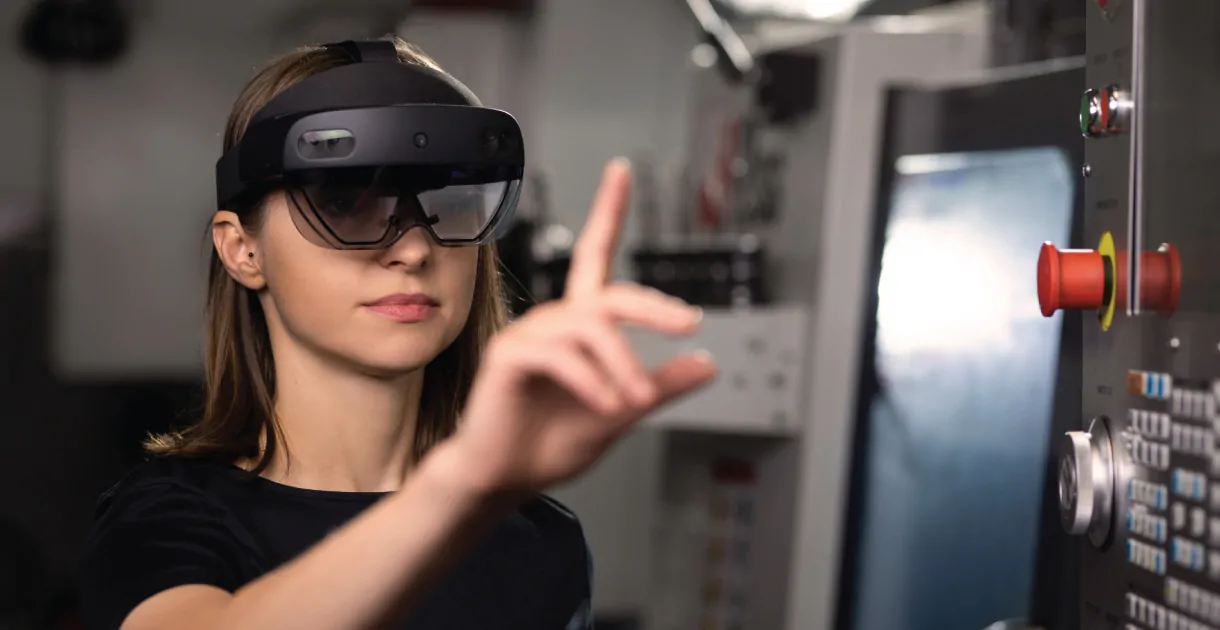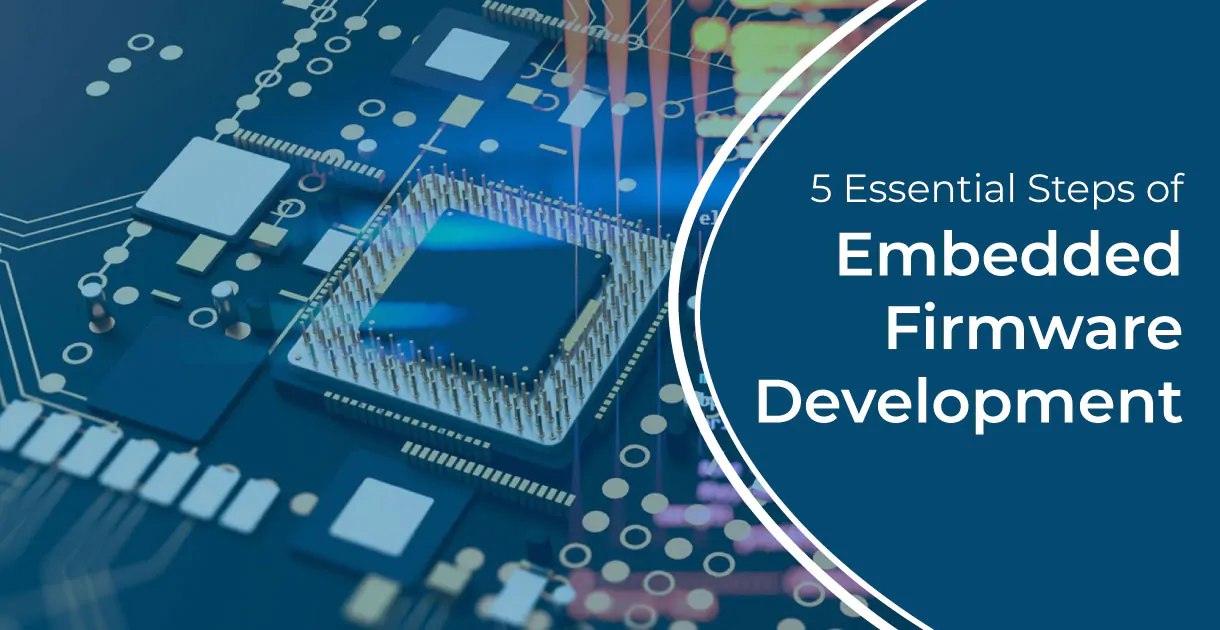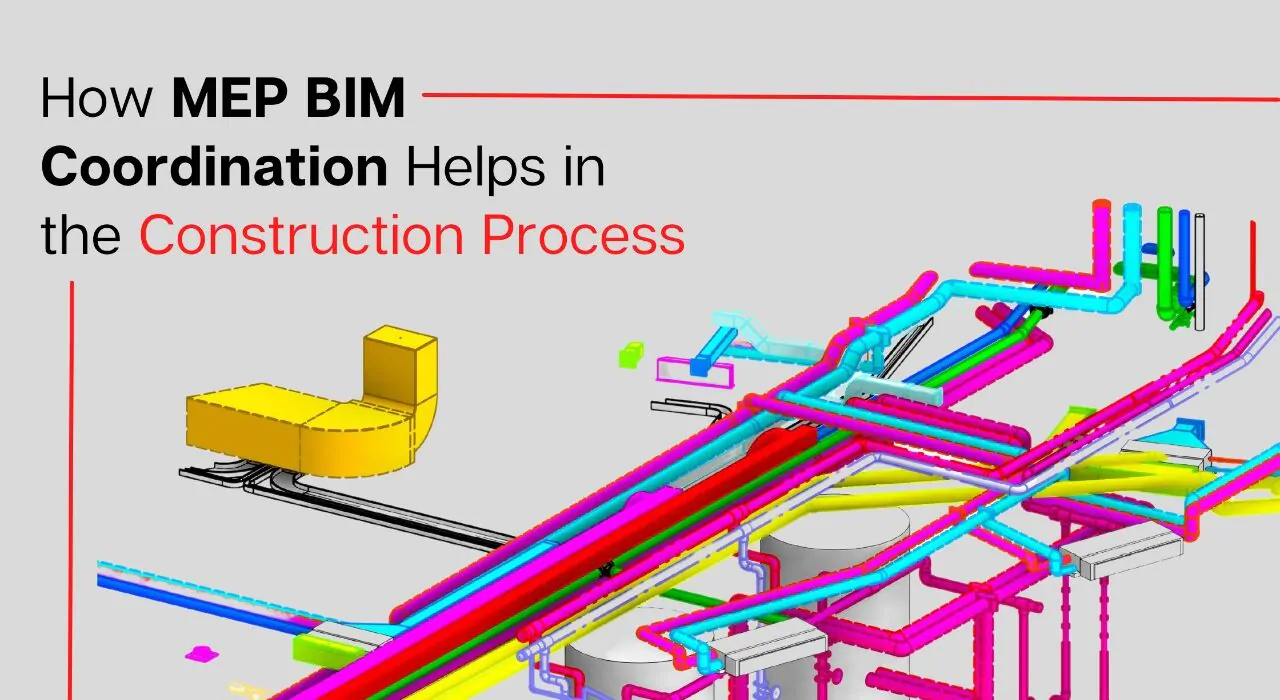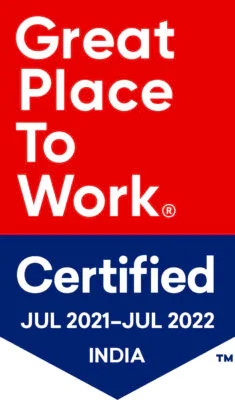Getra Limited is thrilled to announce that we have been officially certified as a Great Place to Work® in India for the 3rd consecutive year. This prestigious recognition is a testament to our unwavering commitment to fostering a positive and empowering workplace culture for our valued team.
The Great Place to Work certification is a result of the outstanding feedback and reviews provided by our dedicated team, showcasing their high level of satisfaction with our organisational culture and practices. This accomplishment underscores our ongoing efforts to create an environment that fosters trust, teamwork, and professional growth.
Getra Innovation has gained worldwide recognition by fulfilling the needs of clients globally through state-of-the-art, licensed technology. Our rapid turnaround time, adherence to international quality standards, and the expertise of our engineers ensure the secure handling of clients’ valuable data and specifications. Renowned for flexibility, credibility, on-time delivery, confidentiality, and outstanding workflows, Getra Innovation serves its clients through strategic partnerships, alliances, and collaborations.
For over 14 years, Getra Innovation has been a leader in providing top-notch design and engineering solutions worldwide. We offer services like Mechanical Engineering, IT Services, Embedded and IoT, Building Design and Services, Industrial Design, and Creative Services. We are also proud of our innovative products, including Inventory Quantity Tool, Solid Edge Rename Tool, Inventor Print Manager, Autodesk Inventor Tool Suite, Inventor Saver Schedule, and Inventor Sharp Corner Remover.
Our mission is straightforward: “Don’t just do. Achieve.” We aspire to excel in our endeavours and contribute to the success of others by delivering top-notch solutions and fostering innovation.
About Great Place to Work®:
Great Place to Work® is the global authority on workplace culture. Every year, more than 10,000 organizations across 60 countries apply to get Great Place to Work–CertifiedTM. Great Place to Work helps organizations quantify their culture and produce better business results by creating a high trust work experience for all employees.


























